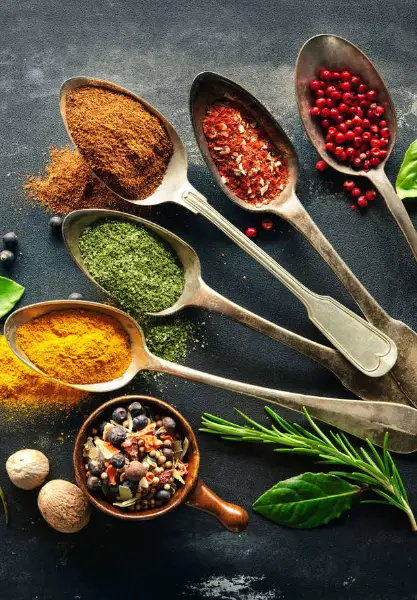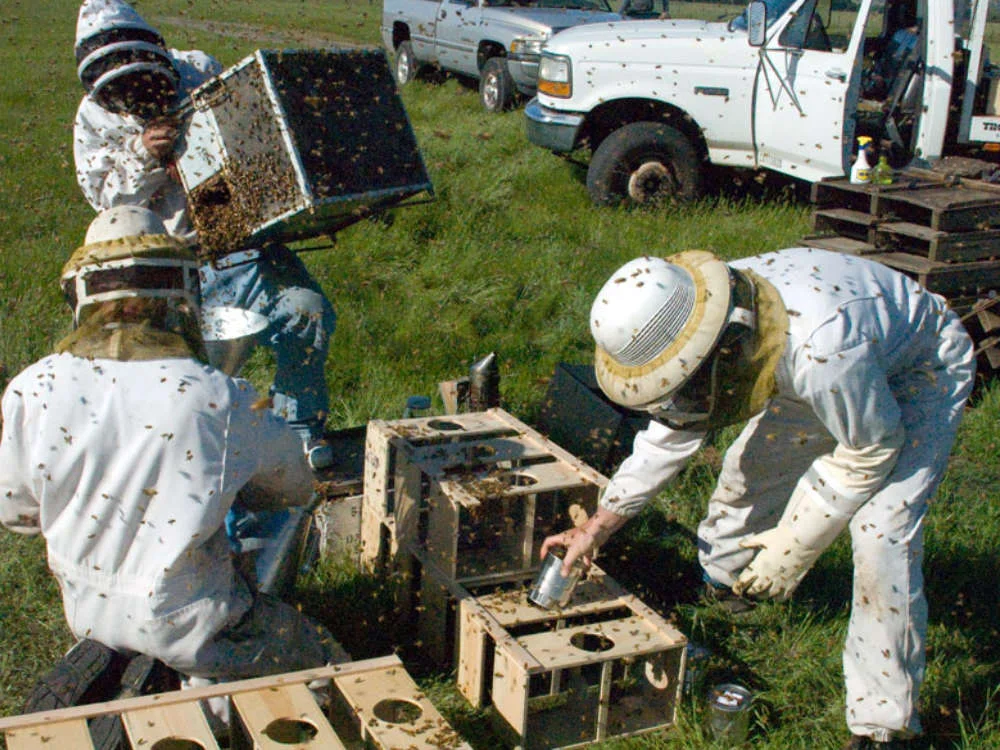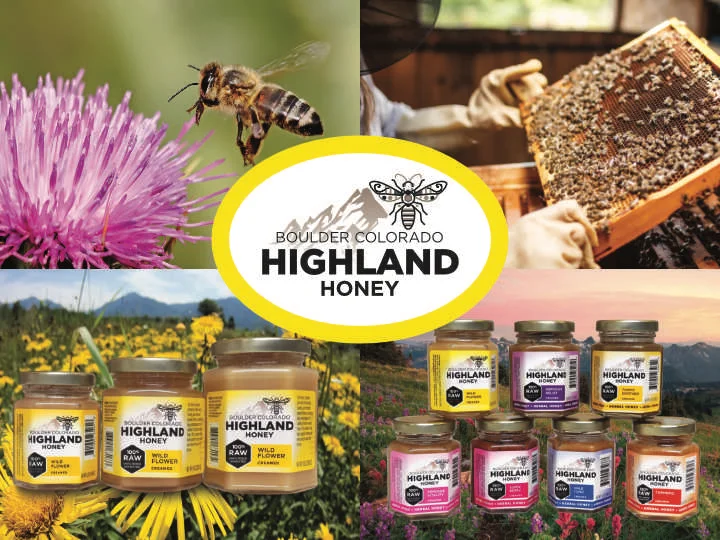Highland Honey’s honey is a unique, raw product
Honey, like wine, coffee, chocolate, and cheese, is an integral part of America's culinary renaissance. Once you have savored a delectable honey, the distinction between a generic variety and a raw, locally sourced product with its own distinct flavors and fragrant bouquets becomes unmistakable.
The flavor of this honey embodies a discerning palate and the distinctive tastes of Boulder County. Honey quality is influenced, in part, by the intricate interplay of geology, geography, and climate, and their impact on plant life. Bees gather nectar and pollen from nearby flora to create their food source. These elements culminate in a sense of terroir, a concept synonymous with the world of fine dining and wine culture, which lies at the heart of Highland Honey's exceptional honey. This region-specific essence, combined with the expertise of the beekeeper and the honey's texture, harmoniously converge to yield the distinctive and artfully crafted honey synonymous with Highland Honey.
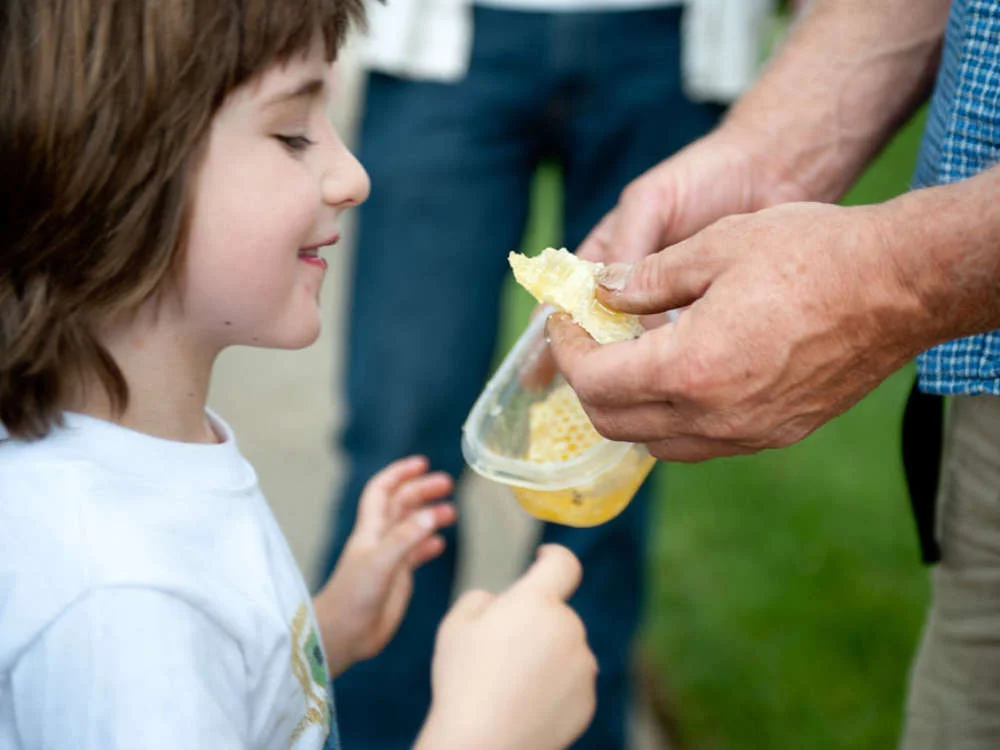
Healthy Bees Create Healthy Honey
The skills of a beekeeper are paramount in contributing to the health of bees and their capacity to produce quality excess honey. In today’s world, diseases and pesticides challenge the immune systems of the bees. Helping bees to maintain their health with strong immune systems demands skill and constant learning. Diverse food supports bee health. We have a labor-intensive practice of moving our hives several times a year, following nectar flows.
We do this to help support the nutritional needs of the bees and because this diversity of foods helps create the rich complex flavors of Highland Honey. When our honey is jarred for consumption, it is a fully blended honey with diverse nectars from various eco-zones within Boulder County. The floral source for this truly local honey comes in part directly from your backyard.
Creamed Honey
We cream honey because of the texture it creates, and because it lengthens its shelf life.
Creamed honey is a mechanical process that permanently fixes the size of honey crystals, allowing it to permanently maintain its creamy texture. The relationship between texture and taste is sublime! Creamed honey wraps around your taste buds, allowing the subtle complex flavors to slowly reveal themselves.
Creaming naturally and permanently maintains the raw food quality of our honey, creating a stable shelf-product that will never further crystallize! Unless it has been filtered to remove pollen or heated, raw honey will eventually crystallize, impeding its ease of use.
Most consumer market honey is filtered and heated so as to maintain its perpetual low viscosity. Quality is sacrificed for shelf stability. Heated and filtered honey is not a raw food product, and it is significantly less attractive for its taste and food value!
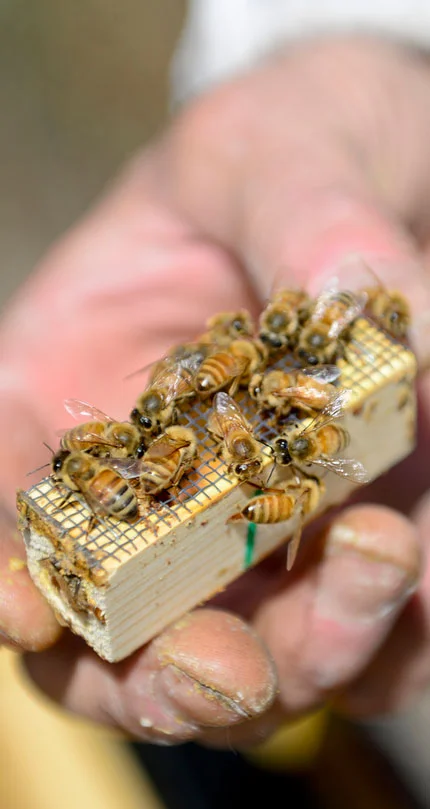
Keep Honey Cool
Another beekeeping skill set critical for a high quality honey, is the extraction process. The raw honey Highland Honey produces is very close to the original condition when it left the hive. Nothing added, nothing removed, no filtering, and never heated. Heat is the enemy of honey! It will degrade the taste, smell and food quality quickly.
Heating honey above 96.8°F, causes loss of nearly 200 components, some of which are antibacterial and at higher temperatures the important enzymes are destroyed and honey sugars caramelize. For this reason, in the extraction process, we never heat our honey room above 95°F the temperature found naturally occurring within a bee colony. This cool extraction process does not degrade the honey, ensuring the unique tastes, aromas, and medicinal qualities remain.
Local Honey
Many peoples’ predominant honey experience is with generic, pasteurized clear honey sold in a grocery store. This honey is solely a sweetener, devoid of aromas, complex flavors and nutritional/medicinal value. It has been highly filtered and heated designed for ease of production and shelf stability.
But once you have consumed genuinely raw, unheated, unfiltered honey, you will always know the difference between generic and raw honey. Our attention and care with labor-intensive practices to support bee health by moving the hives for diverse food sources, our bee keeping practices, extraction techniques and the creamed texture of our honey, all combine to help create this fine high quality honey.
Eat it by the spoonful, try it with your favorite cheese and fruit, be creative and enjoy!

6 Things Everyone Should Know About Honey
- Raw should actually mean raw, but it rarely does.
- Ain’t nothin’ wrong with crystals.
- Common processing practices are driven by efficiency and sacrifice quality.
- Labeling laws are inadequate.
- Honey tastes different when it’s been heated.
- Yay pollen!
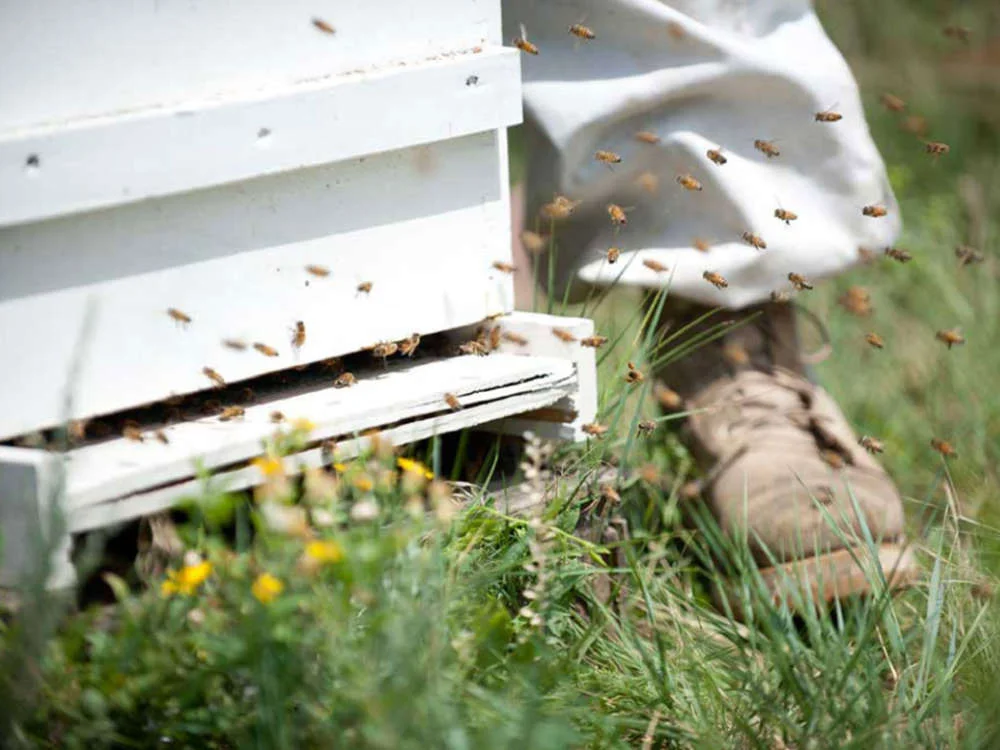
Location, Location, Location
Highland Honey hives are situated primarily within the prairies, foothills and mountains of Boulder County. This variety in micro-climates and food sources is reflected in our complexly flavored honey. Enjoying this honey is one way to have a personal experience with your neighborhood and greater community.

